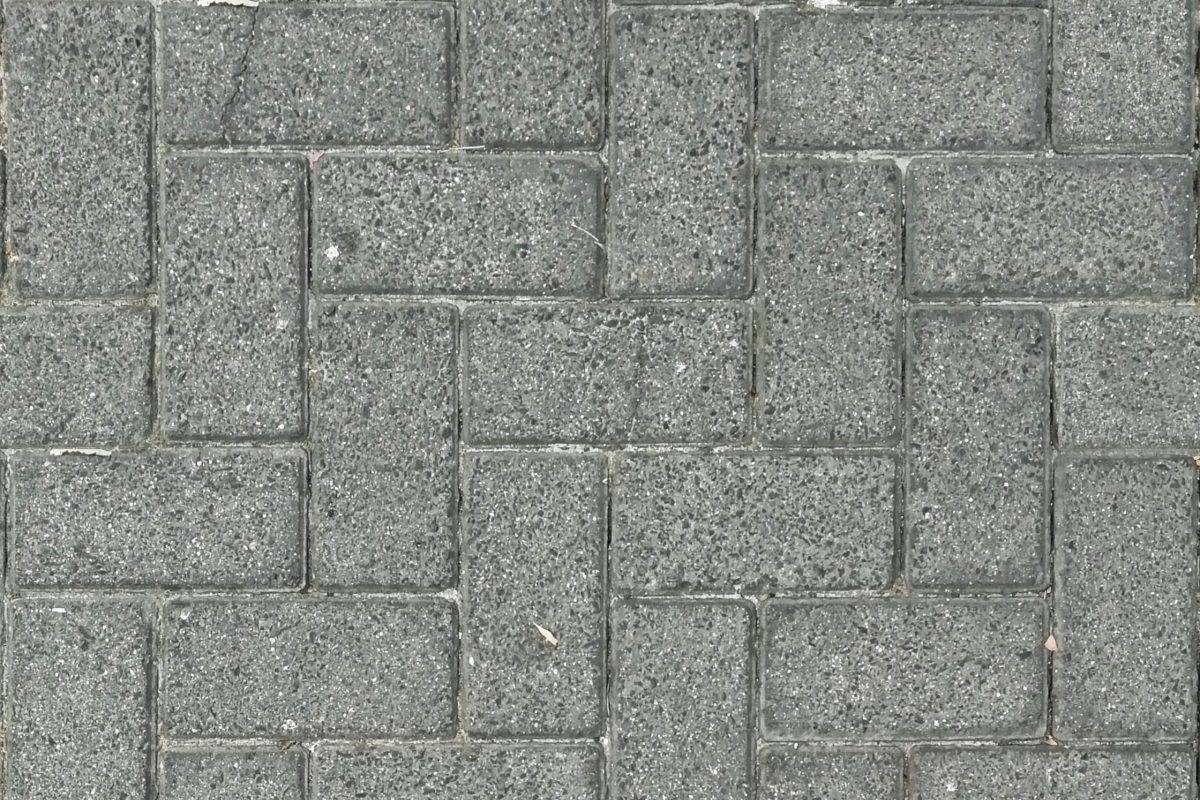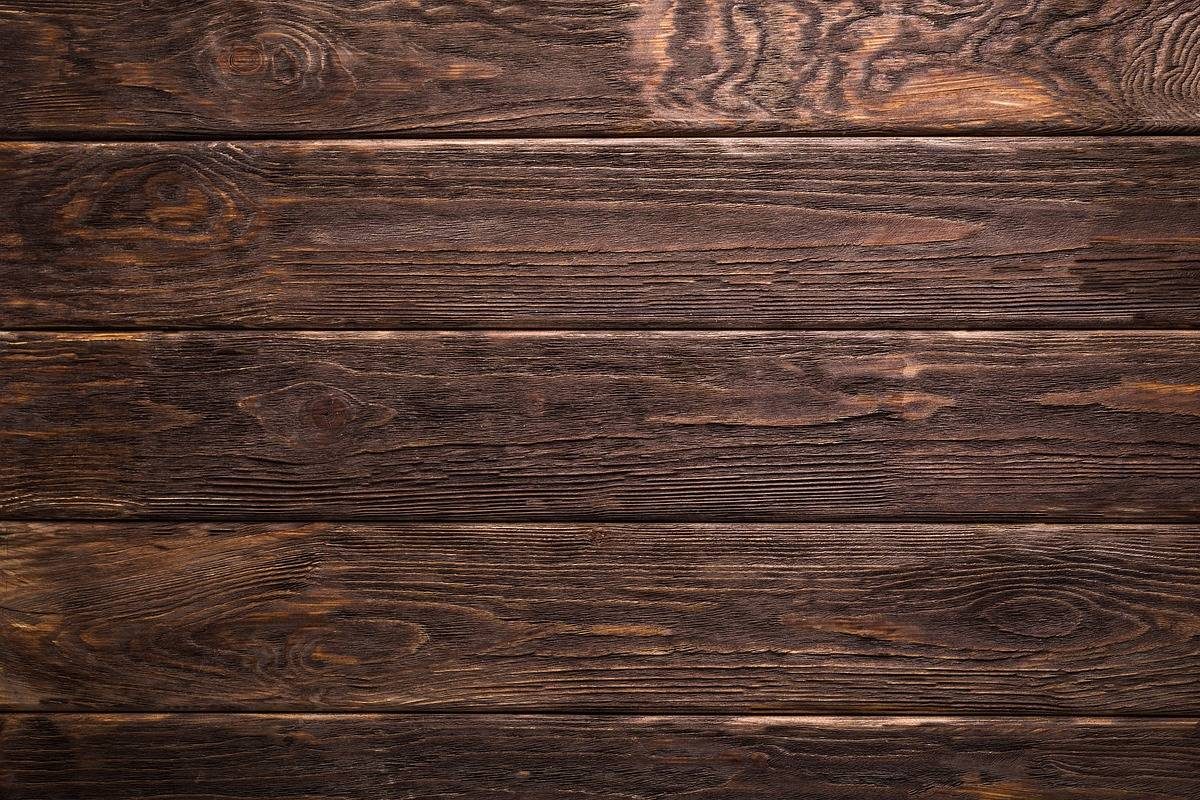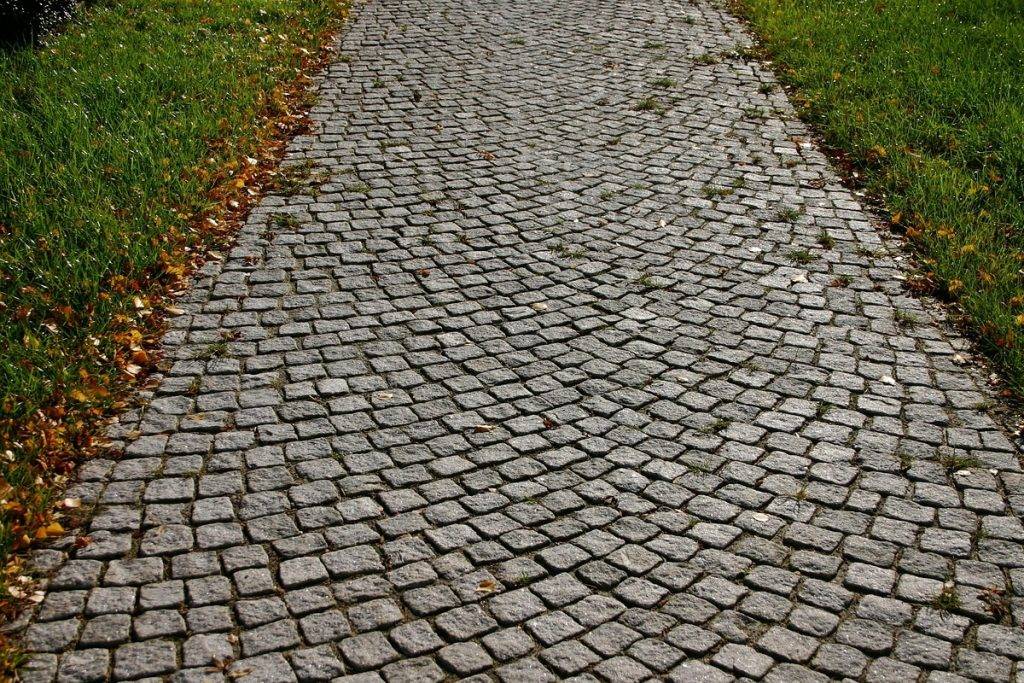The Ultimate Guide to Stamped Concrete
Designs, Colors, and Cost Savings Compared to Other Materials
Stamped concrete, also known as imprinted or textured concrete, has gained significant popularity in recent years as a versatile and aesthetically pleasing option for outdoor spaces. Whether you’re considering it for a driveway, patio, walkway, or even an indoor floor, stamped concrete can offer a wide variety of looks, textures, and colors that mimic expensive materials like stone, brick, and wood. The best part? It’s often much more affordable than these traditional materials.
In this comprehensive guide, we’ll delve into the world of stamped concrete, explore the many design and color options available, and discuss why it’s a cost-effective alternative to other building materials like brick, stone, and tile.
What is Stamped Concrete?
Stamped concrete is a type of concrete that has been patterned or textured to resemble other materials such as stone, tile, brick, slate, or even wood. During the installation process, fresh concrete is poured and while it’s still soft, it’s imprinted with custom molds or stamps. These stamps create intricate patterns that mimic the look of natural materials. Once stamped, the concrete is often stained or dyed to enhance the colors and depth of the design. The result is a surface that not only looks stunning but also provides durability and low maintenance.

The Advantages of Stamped Concrete
Before diving into design options, it’s essential to understand why stamped concrete has become such a popular choice for homeowners, architects, and contractors. Here are some of the major advantages:
- Customization: With so many stamp patterns, textures, and colors available, stamped concrete can be tailored to suit almost any aesthetic or design theme.
- Durability: Stamped concrete is incredibly durable and long-lasting. Properly sealed, it can withstand heavy foot traffic, weather conditions, and other forms of wear and tear.
- Low Maintenance: Stamped concrete requires much less upkeep than materials like brick or stone. Regular cleaning and occasional resealing are all that’s needed to keep it looking great.
- Cost-Effective: One of the most attractive benefits of stamped concrete is its affordability compared to materials like natural stone, slate, and brick. The materials themselves are less expensive, and installation is faster and easier.
- Quick Installation: Compared to other paving options like brick or flagstone, stamped concrete is typically quicker to install. It can be poured in large sections and finished with custom patterns in less time.
- Versatility: Stamped concrete is not only suitable for outdoor applications but can also be used indoors for floors, counters, and even walls. It offers a cohesive look across various areas of your home or business.

Popular Stamped Concrete Designs
One of the main reasons people choose stamped concrete is its ability to mimic the appearance of more expensive building materials. There are countless design options available, from natural textures that imitate the look of stone, to more contemporary or rustic patterns.
Here are some of the most popular stamped concrete designs:
- Cobblestone-stamped concrete designs are a great way to achieve the look of classic European streets and driveways. The pattern typically features irregularly shaped stones arranged in a tight, uniform manner. Cobblestone-stamped concrete gives your outdoor spaces a charming, timeless look.
- Brick-stamped concrete can replicate the traditional look of red or brown brick pavers. The brick pattern often features the distinctive rectangular shape and mortar joints found in real brick, offering the rustic charm of bricks without the associated cost and labor.
- Flagstone-stamped concrete is another classic material that can be mimicked with stamped concrete. This design is perfect for patios, walkways, and pool decks, featuring irregularly shaped slabs of stone in a natural pattern. Flagstone-stamped concrete offers a more organic, earthy look with the added benefit of being smoother than actual stone.
- Wood Planks-stamped concrete is for those who love the look of wood but want the durability and low maintenance of concrete, wood plank-stamped concrete is an excellent option. It mimics the natural texture and grain of wood, creating a warm and rustic feel. This design is especially popular for patios and decks.
- Slate-stamped concrete is known for its distinctive color variations and textured surface. With stamped concrete, you can achieve the look of slate tiles, with a wide range of patterns and color options. Slate-patterned stamped concrete is a sophisticated option for pool areas, walkways, and entryways.
- Tile Patterns-stamped concrete offers a more modern or Mediterranean aesthetic, stamped concrete can replicate the look of tile. This design features grout lines and can mimic a variety of tile sizes, from small mosaics to larger, more contemporary square tiles. It’s perfect for outdoor spaces like patios, driveways, or pool decks.
- Stone-stamped concrete is a versatile choice that can mimic the appearance of natural stones like limestone, sandstone, and travertine. The patterns tend to have larger, more uniform pieces, resembling cut stone slabs or large stone blocks. It’s a fantastic option for anyone looking to create a grand, rustic, or classical look.
- Seamless-stamped concrete designs are ideal for those who want to avoid grout lines. Instead of imprinted patterns with clear lines, the texture is continuous, creating a more natural and organic feel. These designs often mimic natural surfaces like rock, earth, or sand.

Color Options for Stamped Concrete:
When it comes to coloring stamped concrete, the possibilities are virtually endless. Stamped concrete can be colored using a variety of methods, each providing a different look.
- Integral color is mixed directly into the concrete before it’s poured. This results in a consistent, solid color throughout the concrete, which can range from earth tones to more vibrant hues. While it’s not as customizable as other methods, integral coloring offers a durable, fade-resistant option.
- Acid staining is a chemical process that reacts with the minerals in the concrete, creating rich, variegated color effects. Acid stains produce deep, translucent hues that mimic natural stone, giving your concrete a unique and high-end look. Popular color options include earth tones like browns, terra cotta, and olive.
- Concrete dye is used to create vibrant, consistent colors that are ideal for adding a bright accent to stamped concrete. Dyes are typically available in a wide variety of shades, and they are often used in combination with other coloring methods to create custom designs.
- Color hardeners are applied to the surface of the concrete during installation, creating an intense, rich color that is both surface-deep and durable. Color hardeners are often used to add texture and depth to stamped concrete designs. Popular choices include browns, grays, and tans, but custom colors are also available.
- Antique release agents are used to provide additional depth to stamped concrete by adding a highlight to the pattern. These releases are typically darker colors like brown or charcoal and are applied after the stamping process. This technique helps emphasize the texture of the stamped pattern, creating a more authentic look.

Stamped Concrete vs. Brick, Stone, and Other Materials
When it comes to outdoor paving materials, homeowners have many options, including brick, stone, and tile. While these materials offer their own set of advantages, stamped concrete often wins out due to its cost-effectiveness and versatility.
Cost Comparison: Stamped Concrete vs. Brick
Brick is a traditional paving material known for its classic look, but it can be expensive due to the cost of the bricks themselves, as well as the labor-intensive installation process. The average cost of brick pavers can range between $10 and $20 per square foot or more, depending on quality and design. In comparison, stamped concrete typically costs between $8 and $15 per square foot, making it a more affordable option.
Cost Comparison: Stamped Concrete vs. Stone
Natural stone, such as flagstone or travertine, is often used for patios, walkways, and driveways. However, natural stone can be very expensive, with prices ranging from $15 to $50 per square foot, depending on the type of stone. The installation is also labor-intensive, requiring skilled workers to ensure proper alignment and fitting. Stamped concrete, on the other hand, provides the same natural look at a fraction of the cost, offering substantial savings.
Cost Comparison: Stamped Concrete vs. Tile
While tile can provide an elegant look for outdoor spaces, especially in warmer climates, it can be prone to cracking, especially in areas that experience freeze-thaw cycles. Tile also requires grout lines, which can be prone to staining and cracking over time. Stamped concrete, being a solid surface, eliminates these issues and offers a seamless, durable solution for much less money. The cost of tile installation can vary greatly, but typically it ranges from $10 to $40 per square foot, depending on the type of tile, making stamped concrete a more budget-friendly option.
Maintenance Comparison
Brick, stone, and tile can be more difficult to maintain over time. Brick pavers may shift, causing uneven surfaces, while stone can become loose or cracked. Tile, especially outdoor varieties, is vulnerable to breaking or cracking. Additionally, all of these materials require regular cleaning and resealing.
Stamped concrete, on the other hand, requires much less maintenance. It needs occasional cleaning and resealing to maintain its appearance, but it doesn’t suffer from the same shifting, cracking, or loosening problems that other materials face. With proper care, stamped concrete can last for decades without significant wear.

Conclusion
Stamped concrete is an excellent choice for homeowners seeking customizable, durable, and cost-effective paving material. Its ability to mimic high-end materials like stone, brick, and tile, while remaining more affordable—makes it a go-to option for patios, driveways, walkways, and even indoor flooring. With a wide range of patterns, textures, and colors available, stamped concrete can complement any home’s aesthetic, offering both beauty and functionality. Whether you’re enhancing your outdoor spaces or adding a unique touch to your interior design, stamped concrete provides a stunning and low-maintenance solution that balances style and affordability.
If you’re ready to list your home or are searching for your next dream property, stamped concrete could be the perfect way to elevate the beauty and value of your home. Reach out to Joanna “JoJo” Jones today to begin your journey toward achieving your real estate goals and transforming your property into something truly remarkable.


